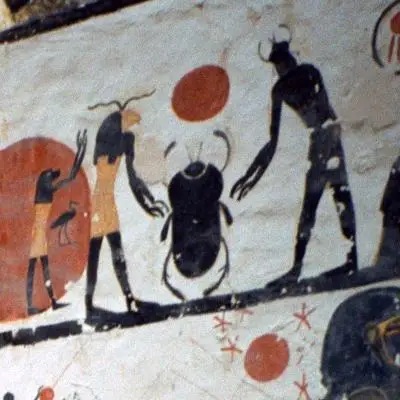Ancient Egypt’s religion often perceived gods as having animalistic features and the people even worshipped certain animals. Keep reading to find out more about 7 animals that had a godlike status in Ancient Egypt.
Baboon
Table of Contents
Baboon was a manifestation of not one, but two Egyptian gods. The first was Thoth, god of writing, and the other one was the youthful god of the moon named Khonsu. Both of those gods were responsible for marking the passage of time and were interestingly enough associated with the moon to an extent. The former was often depicted in the form of a baboon resting atop of the scales of the entrance to the underworld.
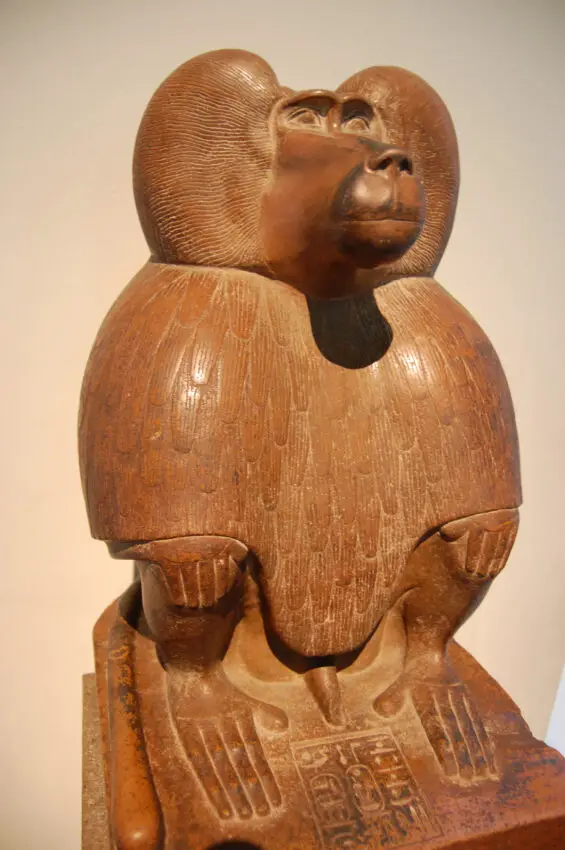
Cat
Thelate Terry Pratchett wrote: “Historically, cats have been considered deities. They have not forgotten this” . As a cat owner, I completely agree. Bastet, or Bast, was probably the most famous Egyptian cat-like goddess. Initially worshipped as a protector – hence, the depiction featuring a lioness’ head, she eventually became viewed as the goddess of fertility and perfumes and the Egyptians began to depict her as a house cat. Bastet, however, wasn’t the only Egyptian deity depicted as a feline. Even Bastet’s father Amun-Ra was depicted as “The Great Cat of Necropolis” at one point.
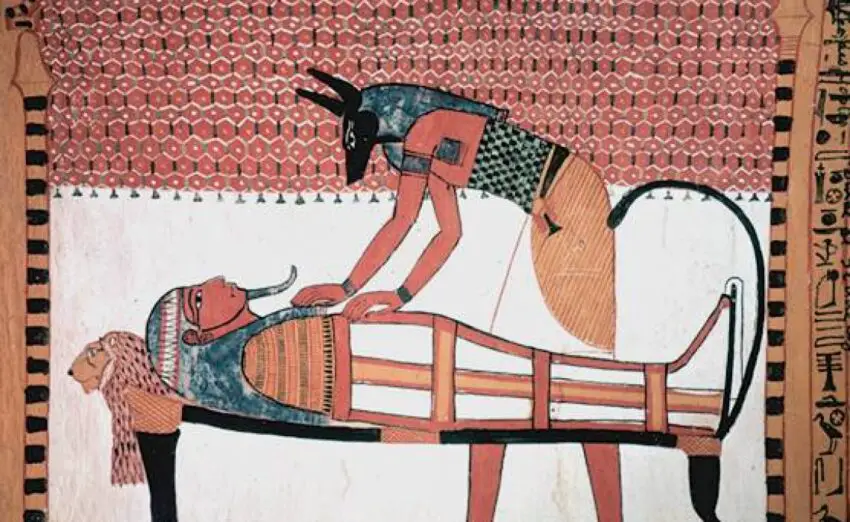
Cow
Cows were very sacred animals in Ancient Egypt. Nut, Hathor, and even Isis were represented as cows and as a result, cows obtained the status of the symbol of mother of the Pharaoh. Nut was believed to carry the sun across the sky in her cow form. As you can probably guess, the bull was the opposite – his link to masculinity and the Pharaoh was quite clear. Even Osiris himself was believed to be related to a bull.

Falcon
The falcon was viewed as “the protector” and belonged to Horus – son of Osiris and Isis. In fact, a falcon was one of the earliest animals of Ancient Egypt’s mythology. Horus was a key player in the story of Isis and Osiris, as well as his own story – the battle between him and Set that lasts until Osiris awakens. We believe that his depiction as a falcon can be linked to the fact that he was perceived as the god of sky and the war.
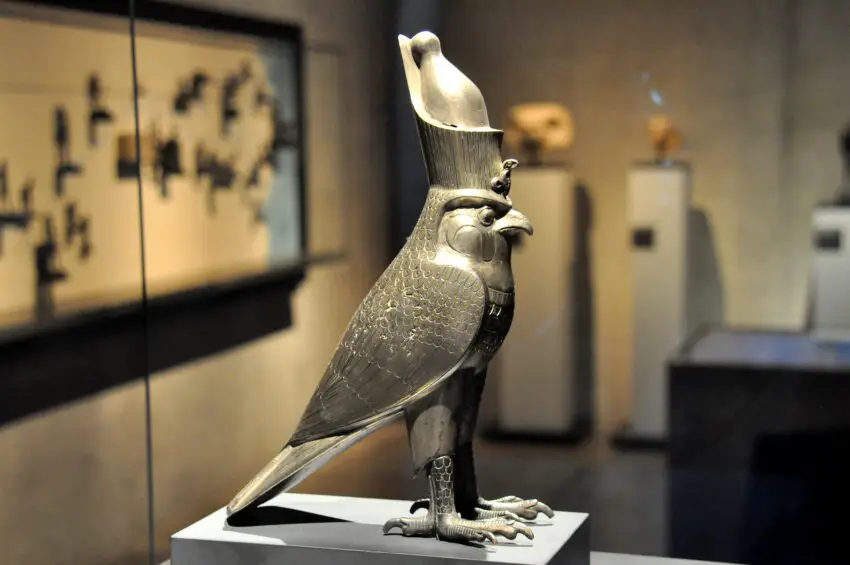
Ibis
Ibis was a symbol of knowledge and wisdom, and Thoth was often depicted with its head on his shoulders. Both the baboon and ibis were animals sacred to him. In the ibis form, he was associated with times and seasons, which is suggested by the lunar disk usually present at the top of the ibis’ head. He also served as a mediator between good and evil.
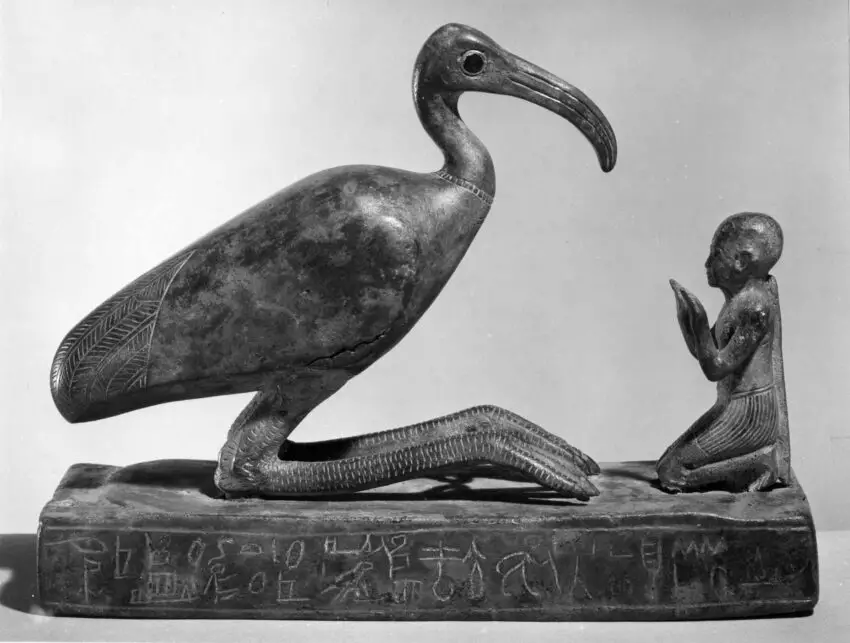
Jackal
The first deity that comes to mind when a jackal is mentioned is Anubis, king of the underworld. It is believed that he was associated with the animal (as well as depicted with its head) because jackals were thought to be the guides to the recently deceased – they always ran around deserts where the tombs and pyramids were normally constructed. Anubis’ associate Wepwawet also was a part of the introduction to the underworld and he was also often depicted as a jackal or a man with jackal’s head.
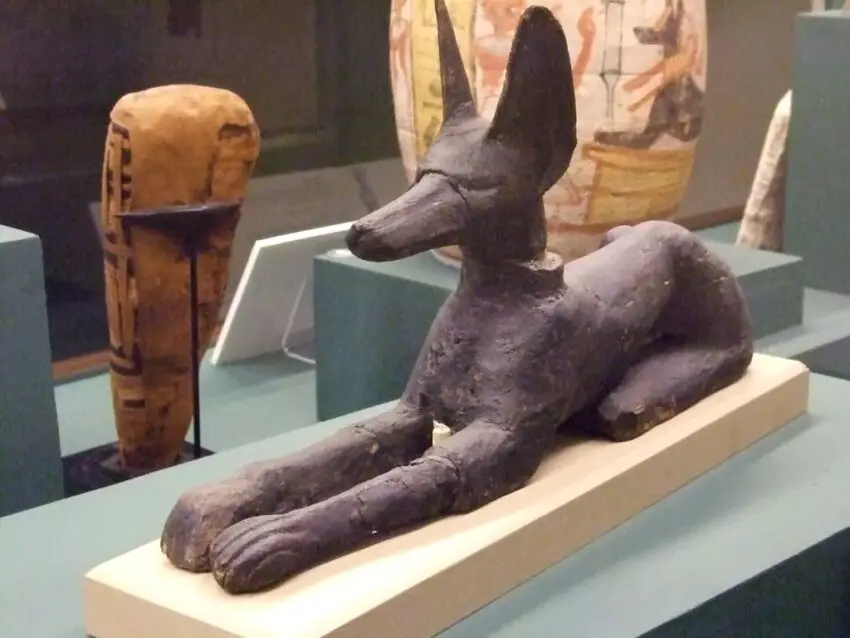
Scarab beetle
We might not appreciate bugs nowadays, but the Egyptians worshipped them, particularly the scarab beetles. The most important association was with Khephir, god of sun and life. The word “Kheper” in fact literally means “scarab”, and it was believed that a scarab beetle rolls his eggs into a safe place. Khephir acted in a similar manner, except he rolled the sun from the underworld to the eastern horizon like a giant scarab egg.
